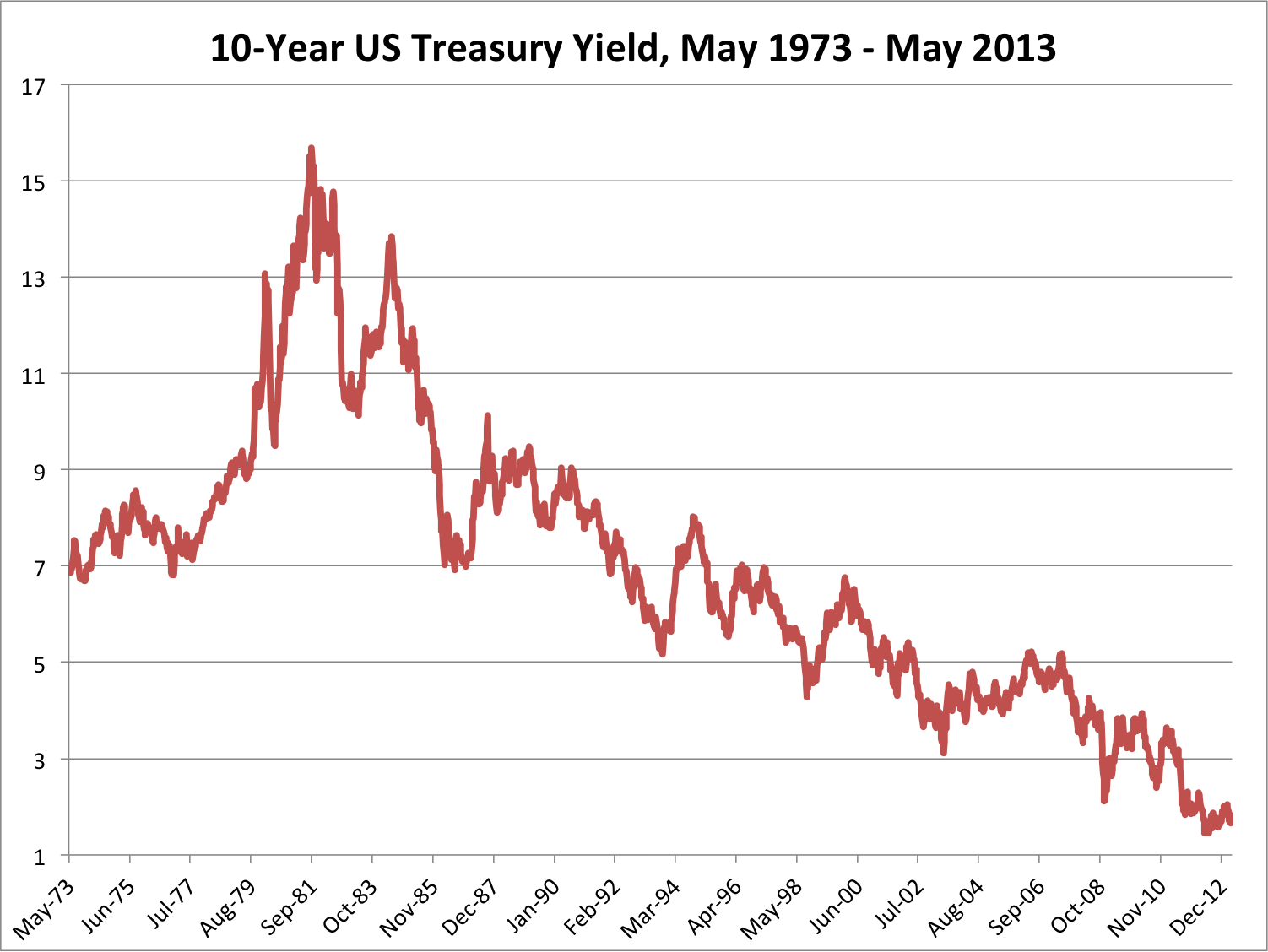Despite the best efforts of the financial services industry, not to mention the coterie of press outlets slavishly devoted to the professionals that populate the field, investing should not be very complicated. We can break down the process into six steps:
- Figure what you are trying to accomplish and be concrete. For example, “I want to save for retirement so that I can live the same way that I live today”, or “I want to fund two years of my kid’s college education” or “I want to save $100,000 for a down payment on a home”.
- Determine how much money the goal will require (choose from the myriad of online calculators) and then see how much money you have available to fund the stated goal.
- Measure how much risk you can manage on the way to achieving your goal -- try a few different risk assessment tools to assist.
- Create an asset allocation plan of assets that act differently when markets zig and zag. Don’t fret too much about creating the “perfect” model, because as noted in the Financial Times “the precise asset allocation model you use is less important than keeping control of fees.” In general, index funds help limit fees.
- Stick to the allocation by rebalancing on a periodic basis (annually, semi-annually or quarterly).
- Shift the allocation as your goal nears or if circumstances in your life change.
If only it were so easy! The problem is that we are human beings and as such, we have these darned emotions, which can often lead us astray at the wrong times and make us lousy investors. A recent article “Understanding Behavioral Aspects of Financial Planning and Investing” in the Journal of Financial Planning outlined the issue perfectly: “Emotional processes, mental mistakes, and individual personality traits complicate investment decisions.”
Do they ever! Because of hard-wired tendencies to fall prey to fear, greed, doubt and even regret, many are not inherently rational when it comes to managing money. The emotional aspect to investing explains why in countless studies, mutual fund investors significantly underperform the S&P 500 stock index. The most recent Dalbar Quantitative Analysis of Investor Behavior study found that the average stock fund investor lagged the S&P 500 by 4.2 percentage points per year from 1994 to 2013. The reason is easy to understand: When markets are soaring, investors feel invincible and when they are plunging, they erroneously believe everything is going to zero and bail out.
How can you avoid being a lousy investor? Start by coming clean. Right now, when markets are in decent shape and nothing frightening is occurring, take a look back at your investor behavior. Over the past ten years, have you been reactive to events or have you mostly been able to stick to the six steps outlined above? Are you generally worried about your investments? Some degree of worry is healthy, but you know the difference between a healthy respect for the volatility of markets and the anxiety that robs you of sleep.
If you are concerned about your ability to weather the next market downturn without shooting yourself in the foot or are plagued by self-doubt about your investments, then go back to the drawing board and see if you can auto-correct by walking through the six steps.
But investing is not for everyone. The authors of the Journal of Financial Planning article quote Benjamin Graham, the founder of security analysis, “Individuals who cannot master their emotions are ill-suited to profit from the investment process.” If you fear that you may be your own worst enemy when it comes to investing, there is no shame in seeking the assistance of a qualified financial planner.
I suggest that you stick to an advisor who is a fiduciary; that is, one that is obligated to put your needs before hers or before her firm’s. Two of the designations that hold its professionals to the fiduciary duty are the Certified Financial Planner (CFP®) certification and CPA Personal Financial Specialist (PFS).
![Jill on Money [ Archive]](http://images.squarespace-cdn.com/content/v1/59efbd48d7bdce7ee2a7d0c4/1510342916024-TI455WZNZ88VUH2XYCA6/JOM+Blue+and+White.png?format=1500w)







